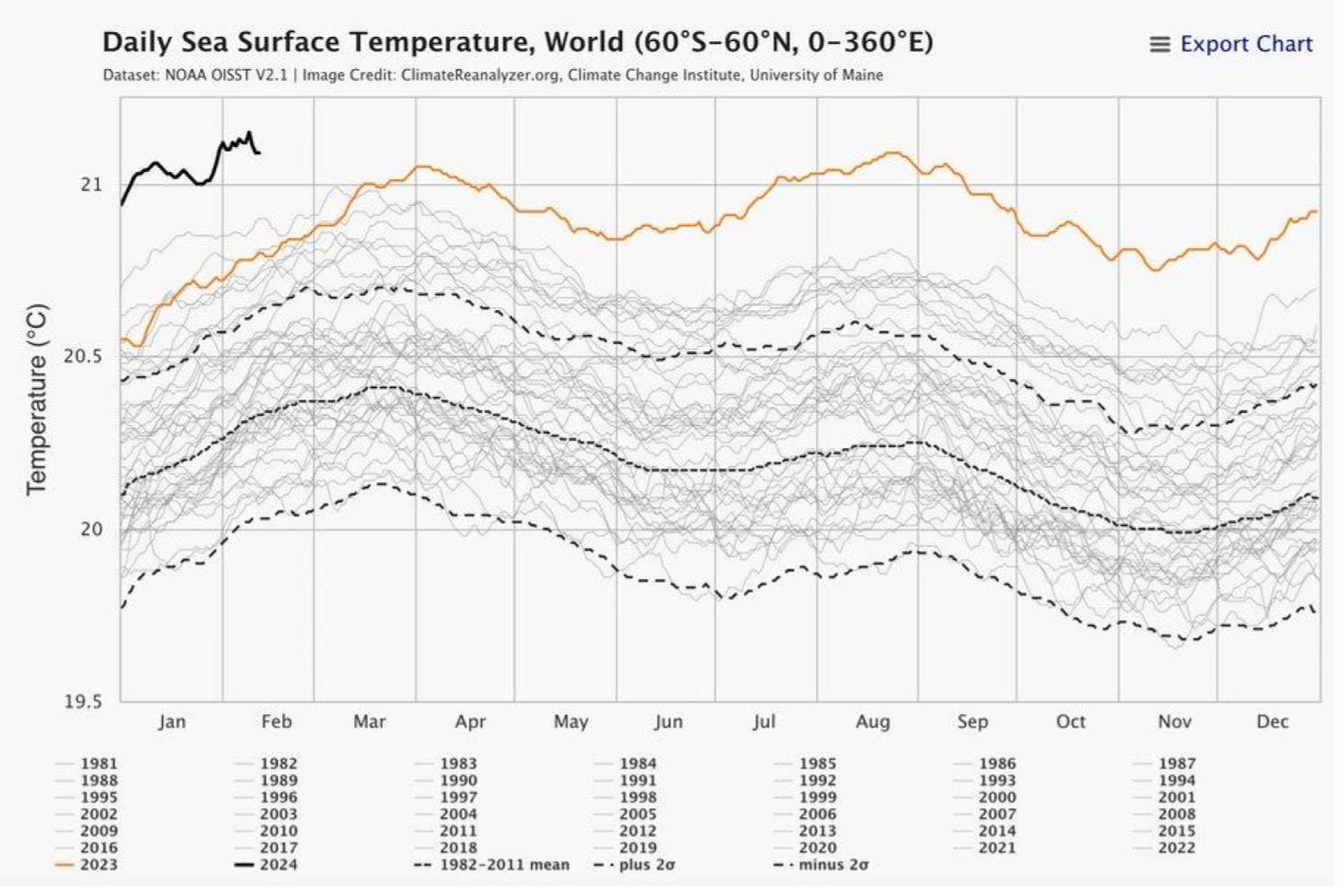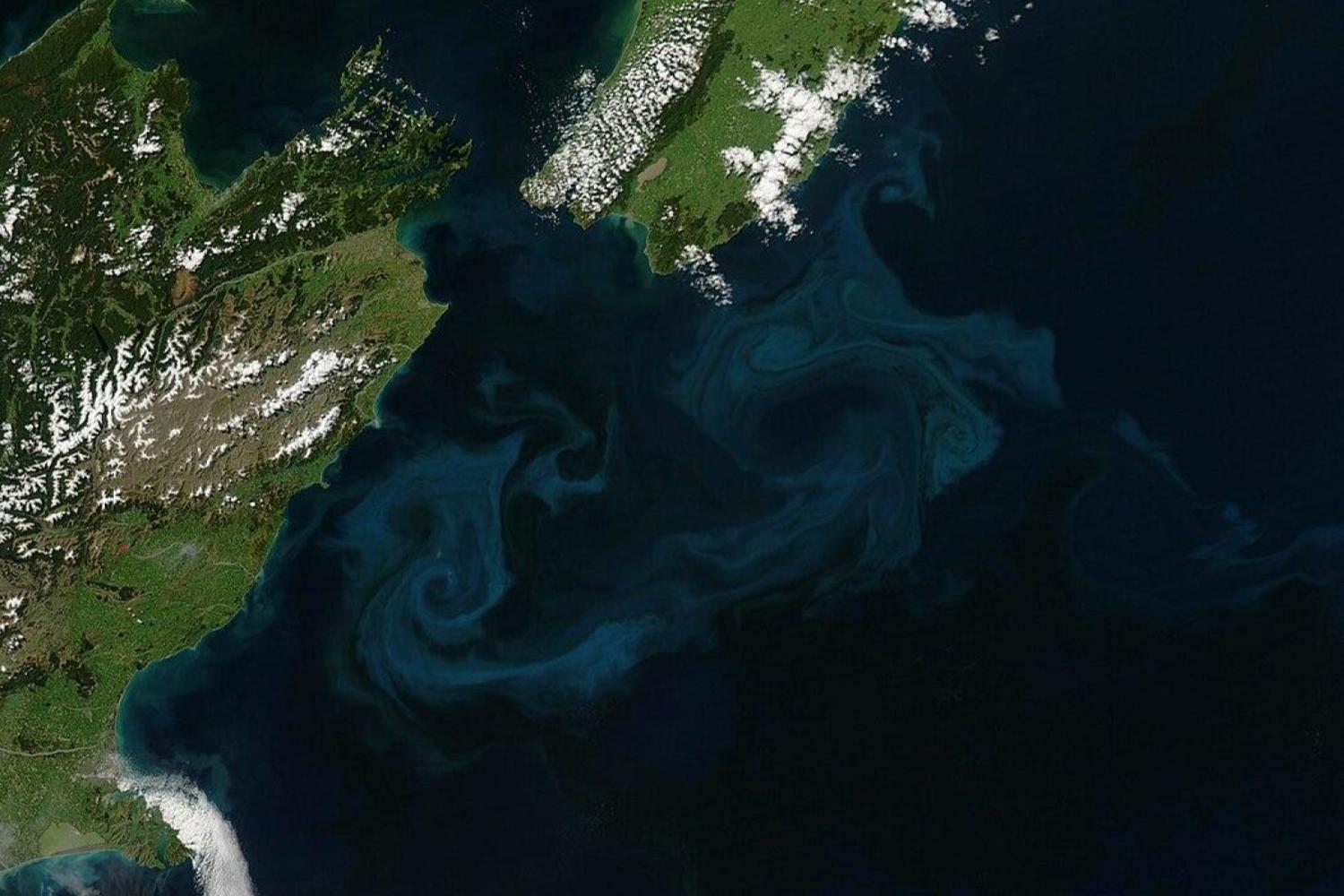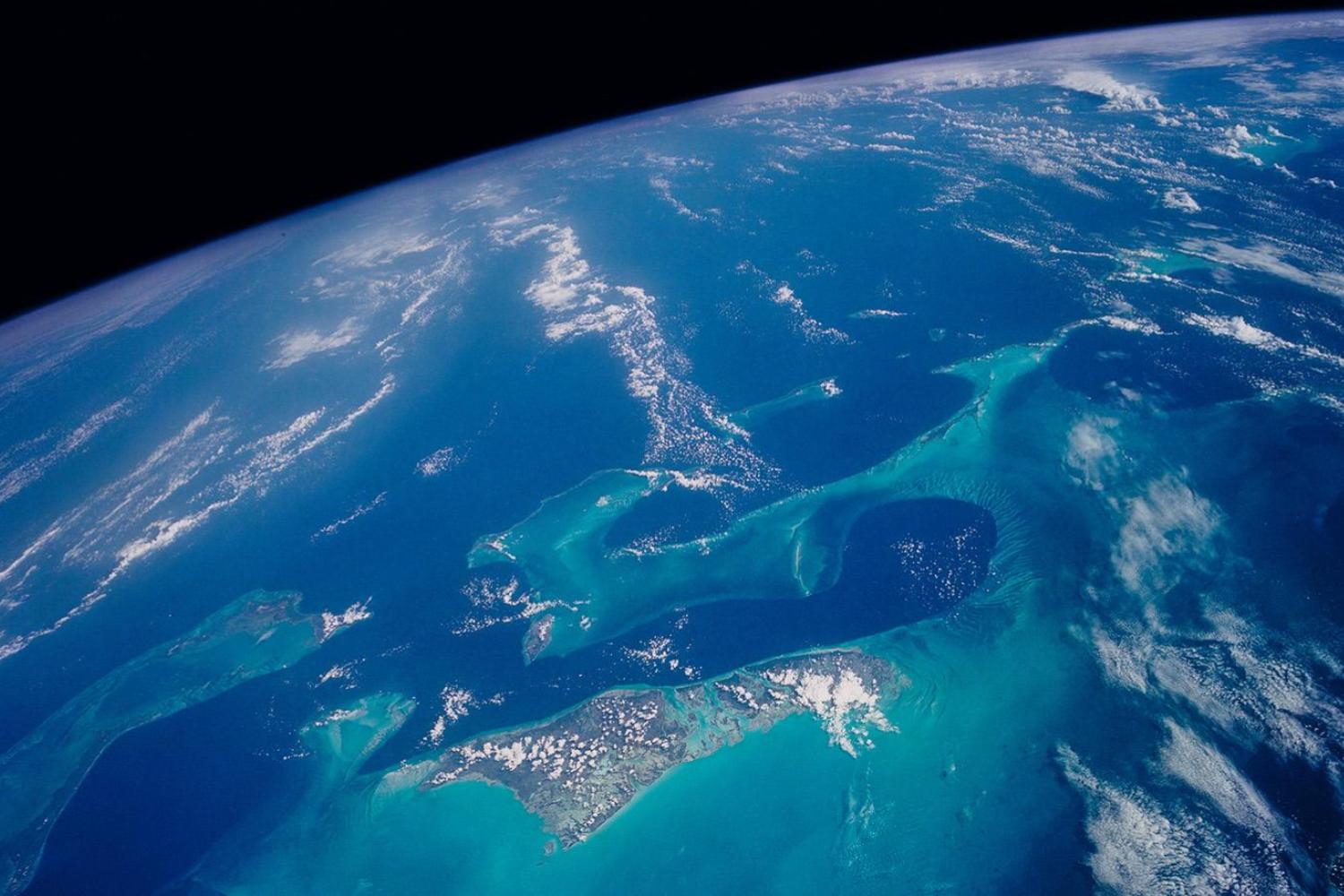PHYTOPLANKTON, an exceptionally important group of microorganisms in the climatic and ecological dynamics of the planet, is increasingly suffering from ocean warming – and that’s very bad news.
It’s not just the atmosphere whose temperature is alarmingly rising due to climate change. This well-documented trend also affects the oceans, and it has become increasingly worrying over the past few months. The year 2023 shattered all records, and 2024 is expected to be even more exceptional in this regard. A trend that bodes ill.
The current dynamic began in March 2023. Climatologists and oceanographers expected a rise in water temperature; however, this parameter increased far beyond all predictions, as shown by the orange curve on this graph produced by the University of Maine in the United States.

And since then, the trend has not reversed — quite the opposite. As seen with the small black curve at the top of the graph, we are even well beyond last year’s already alarming levels. A trend quite terrifying for specialists.
Oceans Limit Atmospheric Warming…
If these findings are so worrying, it is largely due to the physical characteristics of water. It has a significant heat capacity; in other words, it takes a lot of energy to raise the temperature of an entire ocean. A difference of a fraction of a degree can therefore be quite significant. Yet, in certain parts of the globe, researchers have recorded anomalies of two, three, or even four degrees Celsius!
If ocean temperatures are increasing like this, it’s because of a large heat exchange occurring on a global scale. Indeed, oceans act as a buffer. They absorb about 90% of the excess heat transferred to the atmosphere by human activity. If our Earth didn’t deserve its nickname of the Blue Planet, the situation would be much more serious.
But the oceans don’t emerge unscathed. While protecting humanity from the furnace it’s feeding itself, they become victims of a host of problems less obvious from a human perspective but just as important for the future of our species.
… But They Suffer the Consequences
The ocean is the planet’s most important biodiversity reservoir, and many of these species are very sensitive to temperature variations. And it’s not just about fish, crustaceans, and corals. It concerns especially phytoplankton, a huge group of microorganisms in the algae family.
Several species of phytoplankton are directly affected by temperature rise. But it’s not this direct impact that is most concerning. Heat also accentuates what’s called thermal stratification; nutrients essential to plankton survival end up trapped in water layers that are no longer as well mixed as before. This can have a significant impact on the spring bloom, the period of massive phytoplankton growth that begins in early spring. It’s a crucial phenomenon for the renewal of these microorganisms.

The abundance of phytoplankton is exceptionally important for all other life on Earth, for several reasons. They are photosynthetic organisms, meaning they can convert sunlight into chemical energy. This process is the basis of the entire marine food chain, and virtually all other species depend directly or indirectly on it for their food.
This photosynthesis also plays a vital role in the global oxygen cycle. It’s estimated that phytoplankton produces about 50% of the planet’s oxygen, much more than the Amazon rainforest, sometimes considered the « lungs of the Earth. » If phytoplankton were to disappear abruptly, the consequences could be dramatic. And this is particularly true for marine organisms, given that warm water can absorb less gas — and therefore less oxygen — than colder water.
Through this photosynthesis, these small algae also affect the cycle of another extremely important gas in climate and ecological terms: carbon dioxide. By sequestering this gas, phytoplankton also contributes to the ocean’s capacity to absorb and sequester CO2. It thus plays a key role in mitigating the greenhouse effect and ocean acidification — another problem directly threatening many animal and plant species.
A Major Urgency
And these are just the most obvious examples. Phytoplankton is also at the heart of a host of other more subtle processes, but just as important for the dynamics of our planet. All these factors contribute to establishing a dangerous climatic and ecological vicious circle whose consequences will only worsen as water temperatures rise.
It is therefore imperative to find a way to limit the violent fever surge our oceans are undergoing. Otherwise, the foundations of life as we know it threaten to collapse.




